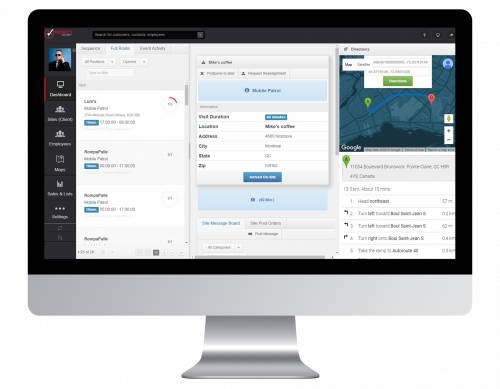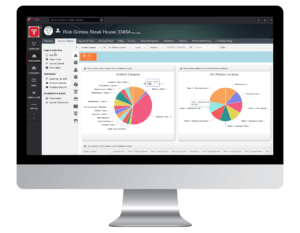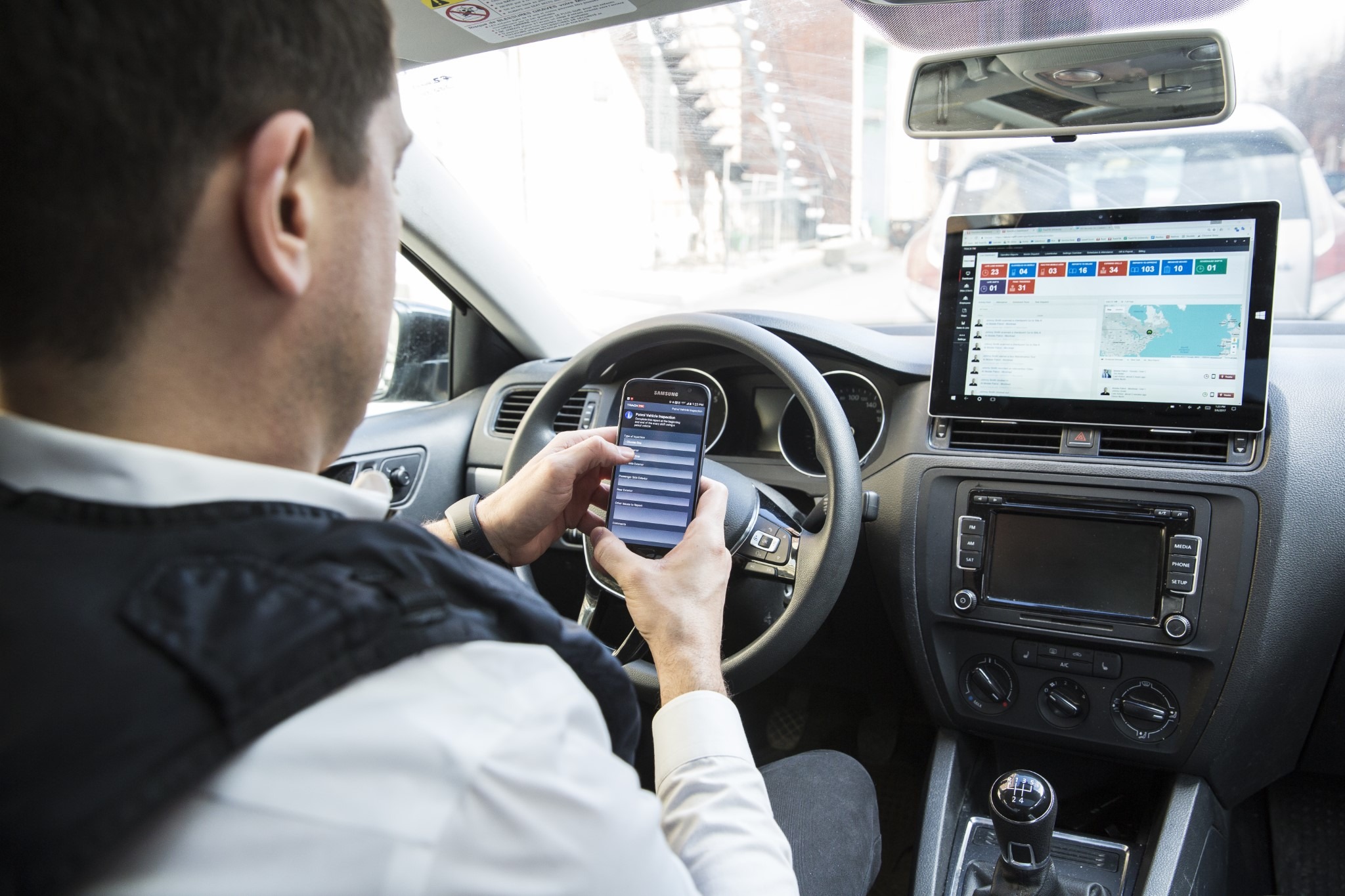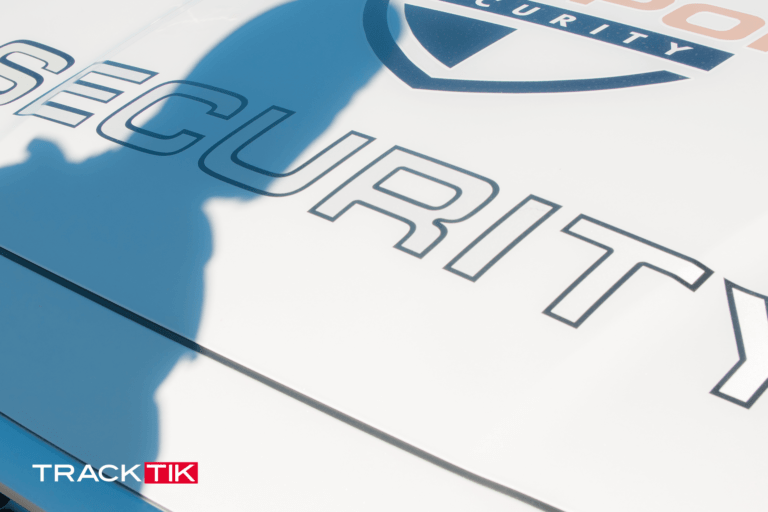To perform a preventive patrol is perhaps the most basic task expected of any security guard company. During a preventive patrol, guards proceed along a determined route through a client facility, checking for any signs of unusual activity. Quite often, these patrols can make all the difference in ensuring that an emergency receives the appropriate response — or that certain issues are prevented altogether.
Of course, to get the type of results you need, it is essential that you do everything in your power to improve the efficiency of your preventive patrol — both for your guards on patrol and for your office staff. So what steps should you take to improve your patrols?
These tips will get you off on the right track:
1. Establish Clear Expectations
Before your guards ever begin patrolling a client’s facility, it is essential that you establish clear expectations with your client. This will play a key role in determining your guard’s responsibilities and optimizing their route.
For example, a client may simply wish to have a guard follow a predetermined path to act as a visual deterrent against would-be burglars. In other cases, a client may have more specialized needs, such as locking up the building and shutting off lights and equipment at the end of the day. A clear understanding of your clients’ needs will not only help your team plan out a more efficient workflow — it will also ensure that the guards with the right qualifications and skill set are assigned to the shift.
2. Smarter Route Optimization
Route optimization is a tricky task, as it requires that you prioritize the responsibilities of your guards as they go about their shift while also attempting to maximize their efficiency. Enlisting the help of a workflow automation tool is perhaps the easiest way to tackle this obstacle.

Modern security patrol systems allow you to optimize routes in a single click, utilizing geographic zones, a list of geo-tagged responsibilities, and smart data to generate a workflow for your officers that actually makes sense. While this makes it easier for your guards to keep track of what they need to do during their patrol, it has the added benefit of increasing your back office staff’s efficiency, as well.
3. Real-time Guard Tracking
Every preventive patrol shift has a set of protocols that your guards need to follow, and how they go about fulfilling these responsibilities will ultimately determine whether you retain your clients or not. But how can you have confidence that your guards are efficiently fulfilling their patrol responsibilities?
Implementing a real-time guard monitoring system is one of the best ways to ensure that your guards are always doing what they’re supposed to. These GPS-based systems keep your office staff in the know as to a guard’s status and location so you can have confidence that they are acting appropriately. During an emergency — such as when you need to send backup support to a guard or find someone to fill a shift last minute — this system can also give your team an ETA for each available guard so you can assign the closest individual to assist with the problem.
4. Connectivity
 For a truly efficient patrol, your entire team needs to stay connected. Implementing a management system that streamlines communications between guards and back office staff allows officers to get the critical information they need, when they need it. Modern mobile patrol systems can even connect a guard’s smartphone or tablet to the office, providing an easy avenue for sending push notifications or email alerts when scheduling changes or other issues arise.
For a truly efficient patrol, your entire team needs to stay connected. Implementing a management system that streamlines communications between guards and back office staff allows officers to get the critical information they need, when they need it. Modern mobile patrol systems can even connect a guard’s smartphone or tablet to the office, providing an easy avenue for sending push notifications or email alerts when scheduling changes or other issues arise.
Improved connectivity can also play a crucial role when a guard needs to alert your team regarding an incident. A streamlined notification system provides instant alerts to management and clients so guards can receive the instructions they need to respond swiftly and appropriately.



